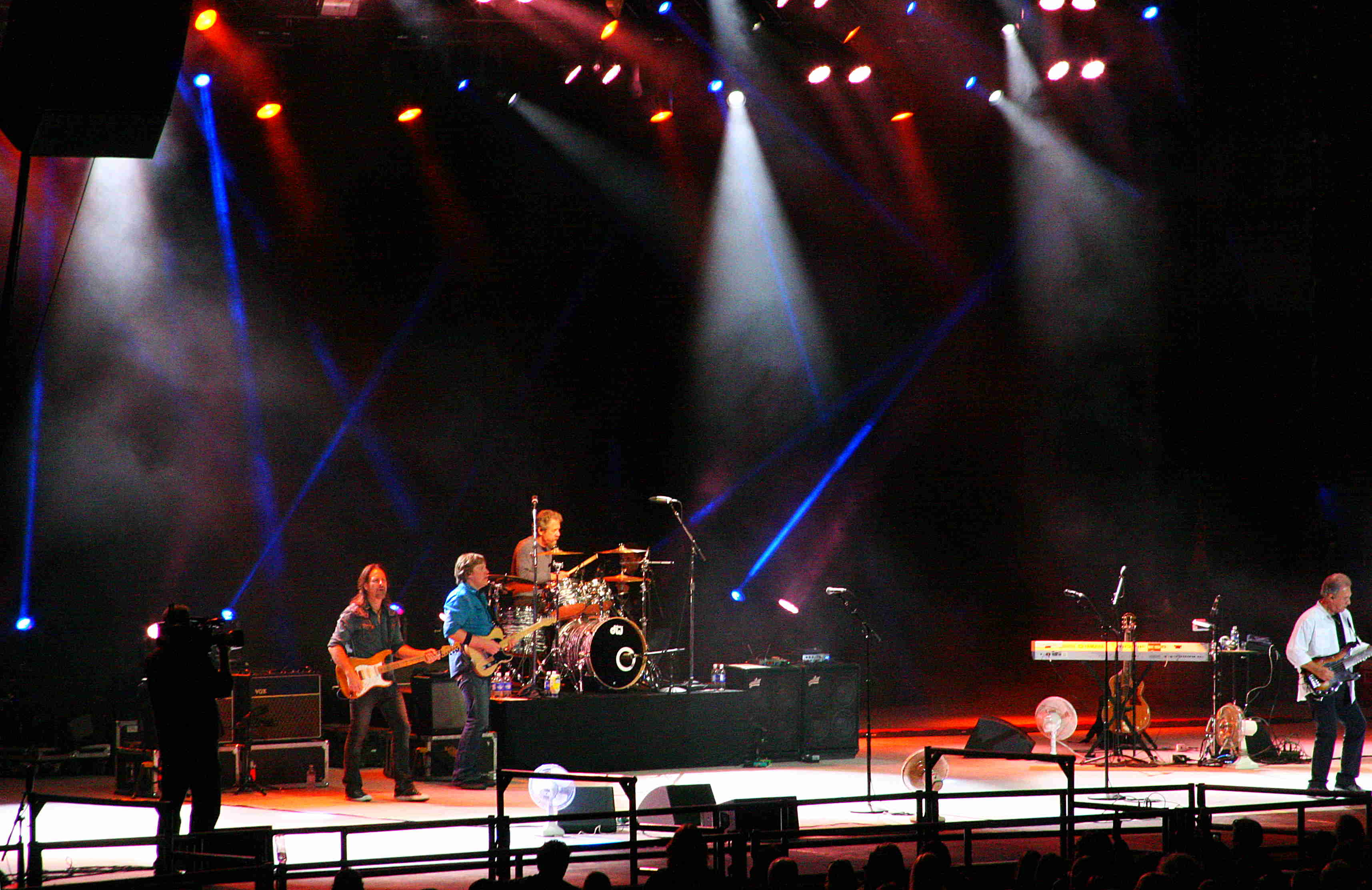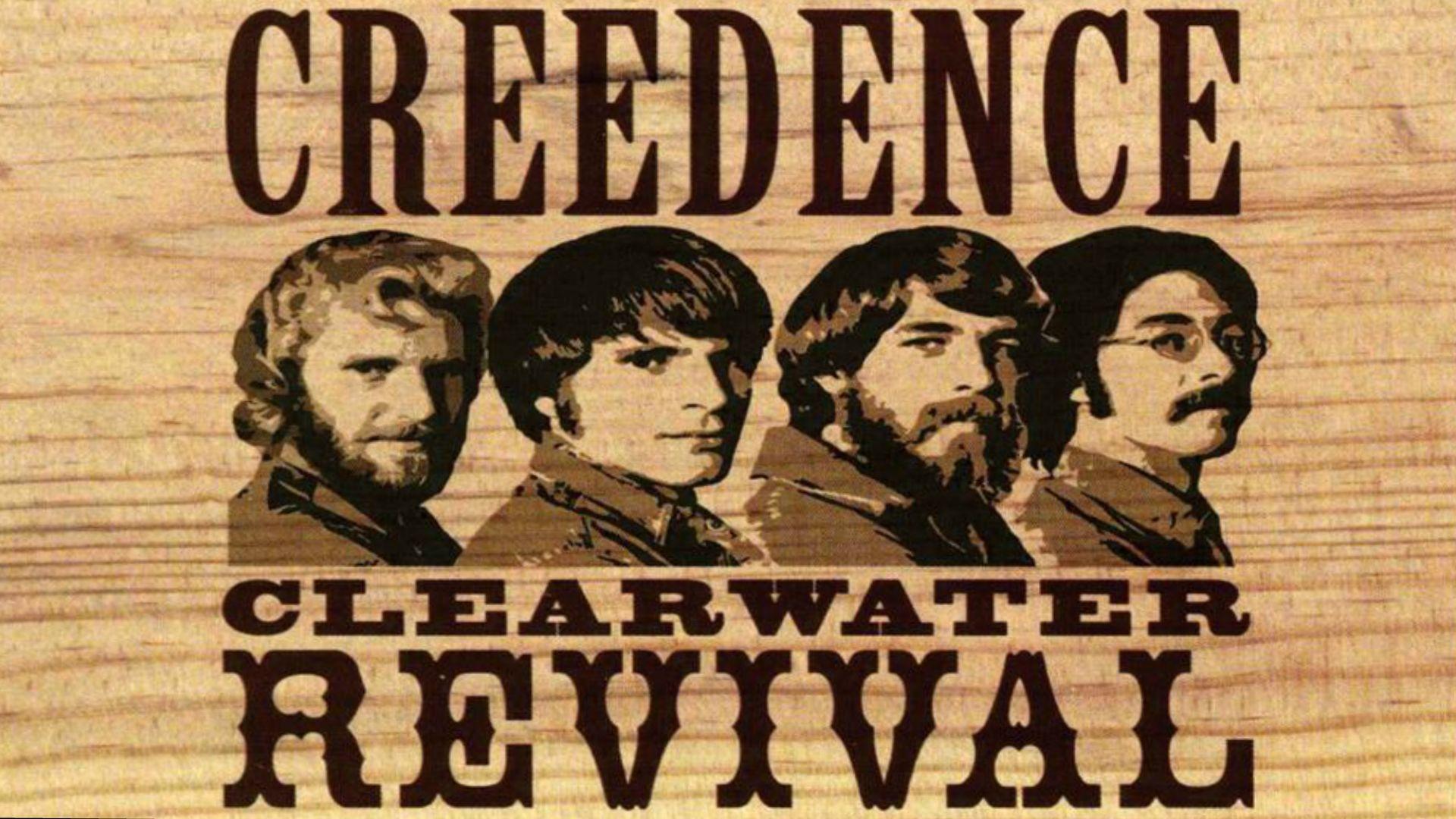Credence Clearwater Revival (CCR) is one of the most iconic bands in the history of rock music. Formed in 1967, the band quickly became a symbol of the era's spirit with their blues-infused rock sound. Their music continues to resonate with fans worldwide, making them timeless legends in the music industry. This article dives deep into the band's history, their impact on music, and what makes them an enduring influence.
Credence Clearwater Revival, often shortened to CCR, emerged during a transformative period in music history. Their sound was unique, blending elements of rock, blues, and country, which set them apart from their contemporaries. The band's ability to connect with audiences through their lyrics and melodies made them one of the most popular acts of the late 1960s and early 1970s.
This article will explore the origins of Credence Clearwater Revival, their most memorable songs, their influence on modern music, and the legacy they left behind. Whether you're a long-time fan or just discovering their music, this article offers a comprehensive look at the band that shaped an era.
Read also:Dove Cameron Couple Exploring The Love Life And Relationships Of The Multitalented Star
Table of Contents:
- Band Biography
- Early Days and Formation
- Music Style and Influences
- Popular Songs and Albums
- Band Members and Contributions
- Cultural Impact and Legacy
- Challenges and Controversies
- The Disbandment of CCR
- Modern Influence and Revival
- Conclusion
Band Biography
Credence Clearwater Revival was formed in El Cerrito, California, by brothers John Fogerty and Tom Fogerty, along with Doug Clifford and Stu Cook. Initially known as The Blue Velvets, the band underwent several name changes before settling on Credence Clearwater Revival. The name "Credence" was inspired by a friend's name, "Clearwater" symbolized purity, and "Revival" reflected their musical style.
Band Members
| Name | Role | Years Active |
|---|---|---|
| John Fogerty | Vocals, Guitar | 1967–1972 |
| Tom Fogerty | Guitar | 1967–1971 |
| Doug Clifford | Drums, Vocals | 1967–1972 |
| Stu Cook | Bass, Vocals | 1967–1972 |
Early Days and Formation
Before becoming Credence Clearwater Revival, the band members were part of The Blue Velvets. They played local gigs and recorded singles under various labels. In 1967, they signed with Fantasy Records and officially became Credence Clearwater Revival. Their debut album, Credence Clearwater Revival, released in 1968, marked the beginning of their meteoric rise.
Music Style and Influences
The music of Credence Clearwater Revival is characterized by its raw, swampy sound. Drawing influences from blues, country, and rock, the band created a unique style that resonated with a wide audience. John Fogerty's songwriting and guitar skills were central to their sound, while the rhythm section of Doug Clifford and Stu Cook provided a solid foundation.
Key Influences
- Blues legends like Muddy Waters and Howlin' Wolf
- Country artists such as Hank Williams
- Rock pioneers like Elvis Presley
Popular Songs and Albums
Credence Clearwater Revival produced numerous hit songs that defined the era. Their albums consistently topped the charts, and their live performances were legendary. Some of their most popular tracks include:
Hit Songs
- "Proud Mary"
- "Bad Moon Rising"
- "Fortunate Son"
- "Green River"
These songs, among others, showcased the band's ability to craft memorable melodies and deliver powerful messages.
Read also:Girthmaster Vid A Comprehensive Guide To The Phenomenon
Band Members and Contributions
Each member of Credence Clearwater Revival played a crucial role in the band's success. John Fogerty, the lead vocalist and primary songwriter, was the driving force behind their music. Tom Fogerty contributed his guitar skills until he left the band in 1971. Doug Clifford and Stu Cook provided the backbone of the band's rhythm section, ensuring their sound remained tight and dynamic.
John Fogerty's Influence
John Fogerty's songwriting and vocal talents were instrumental in shaping the band's identity. His ability to write songs that spoke to the heart of the American experience made CCR a household name. Tracks like "Fortunate Son" and "Who'll Stop the Rain" remain relevant today, addressing themes of war, politics, and personal struggle.
Cultural Impact and Legacy
Credence Clearwater Revival's impact on popular culture cannot be overstated. Their music became anthems for a generation, capturing the spirit of the times. The band's inclusion in the Rock and Roll Hall of Fame in 1993 solidified their place in music history.
Legacy
CCR's legacy lives on through their music, which continues to inspire new generations of musicians. Their songs are regularly featured in films, television shows, and commercials, ensuring their relevance in contemporary culture.
Challenges and Controversies
Despite their success, Credence Clearwater Revival faced several challenges during their career. Internal conflicts, particularly between John Fogerty and the other members, led to tensions that ultimately contributed to the band's disbandment. Additionally, legal disputes over songwriting credits and royalties further complicated their relationships.
Internal Conflicts
John Fogerty's dominant role in the band's creative process sometimes caused friction with his bandmates. While his vision propelled the band to greatness, it also created a power imbalance that some found difficult to navigate.
The Disbandment of CCR
Credence Clearwater Revival disbanded in 1972 after releasing their final album, Mardi Gras. The split was largely due to internal disagreements and the desire of band members to pursue solo projects. Despite their relatively short career, CCR left an indelible mark on the music world.
Post-Disbandment
After the band's breakup, John Fogerty embarked on a successful solo career, releasing hits like "The Old Man Down the Road" and "Centerfield." Doug Clifford and Stu Cook formed Creedence Clearwater Revisited, which continues to perform CCR's music to this day.
Modern Influence and Revival
In recent years, there has been a renewed interest in Credence Clearwater Revival's music. Younger audiences are discovering their timeless sound, and their songs remain staples on classic rock radio. The band's influence can be heard in modern artists who draw inspiration from their bluesy rock style.
Revival
Credence Clearwater Revisited, featuring Doug Clifford and Stu Cook, has been instrumental in keeping the band's legacy alive. Their live performances bring CCR's music to new audiences, ensuring that the spirit of the band endures.
Conclusion
Credence Clearwater Revival's impact on the music industry is undeniable. From their formation in the late 1960s to their disbandment in 1972, they created a body of work that continues to inspire and resonate with fans worldwide. Their unique sound, powerful lyrics, and cultural relevance have cemented their place in music history.
We invite you to explore more about Credence Clearwater Revival and their music. Share your thoughts in the comments below, and don't forget to check out other articles on our site for more insights into the world of rock and roll. Together, let's celebrate the enduring legacy of this legendary band!


